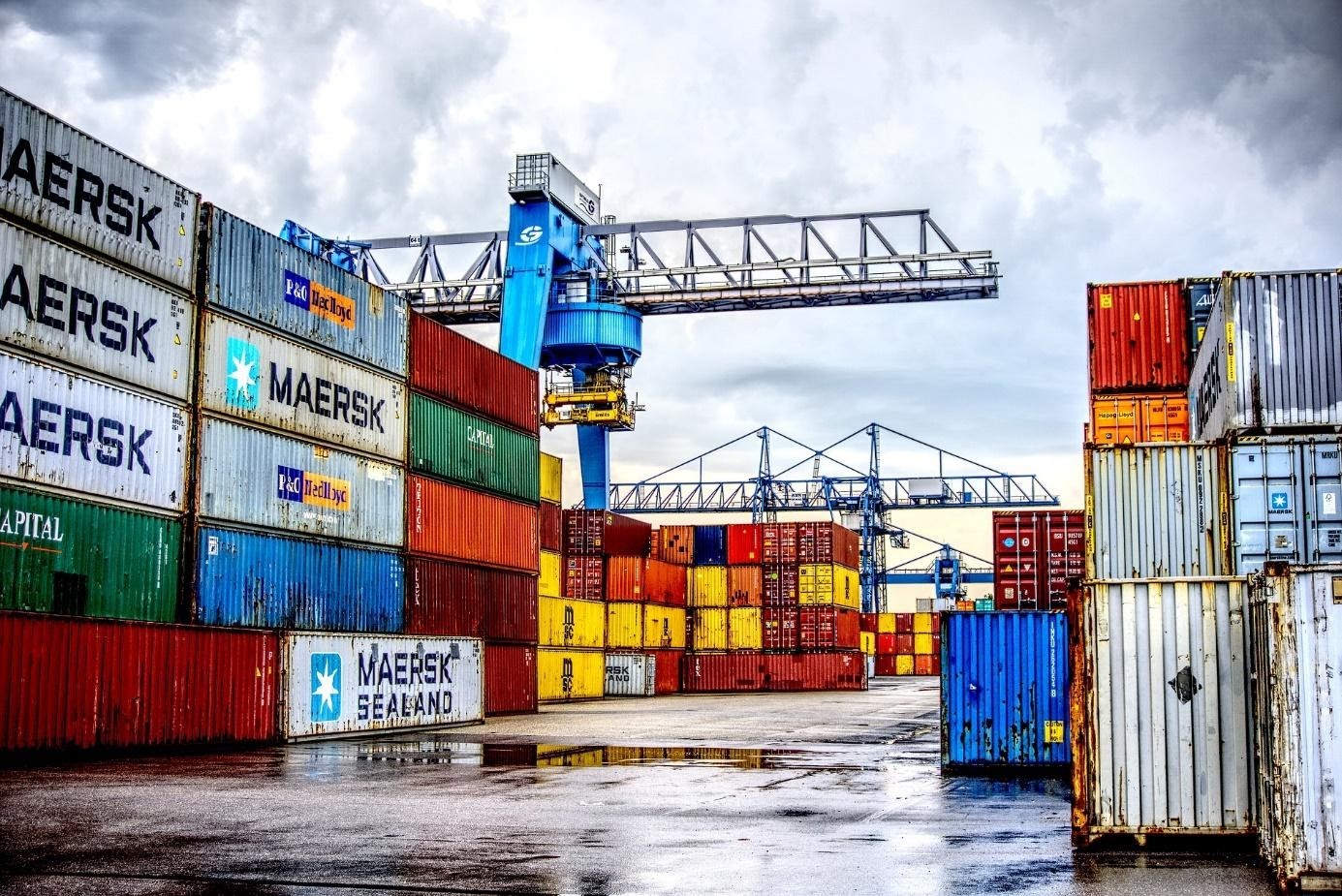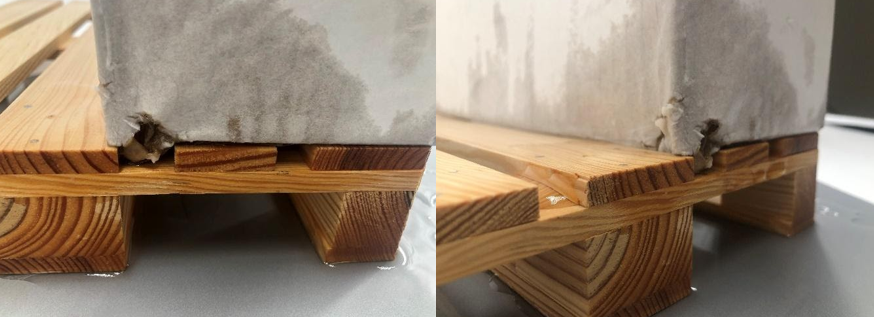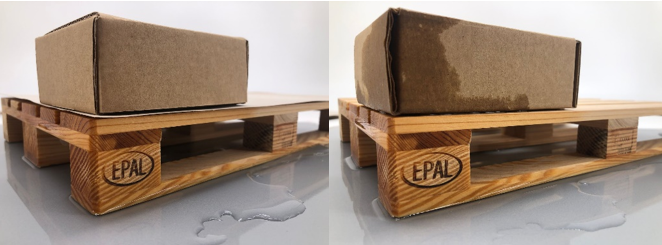Did you know that container rain can damage your cargo? Discover our solutions for dealing with condensation in shipping containers.

How does condensation affect the quality of your products shipped in sea containers?
As you may already know, all containers contain moisture at the time of loading, and no one is spared. Moisture moves in and out of the container during the journey, which can cause damage to your goods. Added to this are a few uncontrollable phenomena, such as the weather, which can adversely affect your cargoes during sea transport.
But this damage can be avoided if you take the necessary precautions to protect your products from “the rain from container “. And do you know what? We have several solutions for you.
Before we do, let’s take a look togetherwhatis the“ rain from container “ and the different factors that cancause damage toyour goods during international shipping transport.
WHAT IS CONTAINER RAIN?
Container rain is moisture that condenses and forms on the interior surfaces of the container. The water accumulates, concentrating into larger and larger drops, which then fall due to their weight. The result is container rain, which then falls directly onto the cargoAs you’ve probably guessed by now, container rain is complex to avoid, and that’s why.
HERE ARE 3 MAIN FACTORS THAT CAN CAUSE DAMAGE TO YOUR GOODS DURING INTERNATIONAL SHIPPING:

1. LOADING AND WEATHER CONDITIONS
If you are loading your goods near a river or sea port, then there is already a high level of humidity in your container.
What’s more, when a container is stuffed in rainy weather, or even in the rain, the water deposited on the goods evaporates. This happens once the container warms up, but condenses again as it cools during the journey. This is due to the temperature difference between day and night.
Unfortunately, you don’t have control… You won’t change your address and you won’t control the weather on the day of loading.
2. PACKAGING MATERIALS, NATURAL MOISTURE CONTENT AND MOISTURE ABSORPTION RATE
Some packaging materials, such as wood, paper and cardboard, have hygroscopic properties, i.e. they either absorb moisture from the ambient air or release it. This contributes to the moisture content inside your container, which increases the risk of condensation problems. Here again, you have little room for manoeuvre – you can’t always do without cardboard packaging or wooden pallets!
3. HUMIDITY IN YOUR PRODUCT AND LACK OF VENTILATION
Did you know that food products such as coffee and cereals give off a lot of ambient humidity? Depending on the nature of the product, its moisture content and capacity to release it differs… And as you’d expect, a container is, by its very nature, a virtually enclosed space. Consequently, the lack of ventilation prevents air circulation, which also leads to this accumulation of moisture.
NOW THAT WE’VE LOOKED AT THE VARIOUS FACTORS, HERE ARE 3 SOLUTIONS TO PREVENT MOISTURE DAMAGE.
1. VENTILATION, MECHANICAL DEHUMIDIFIERS ORANTI-CONDENSATION SPRAYS
Release the excess humidity in your container! The more air circulates in a container, the less contrast there is between inside and outside temperatures, thus reducing the risk of condensation.
Dehumidifiers inside the container to remove moisture from the air also work. Some of these units feature an automatic on/off switch that reacts to the amount of moisture in the air, saving energy.
There are also anti-condensation coatings to be applied to the ceiling and the six inner sides of the container. This also helps to limit the effects of condensation.
2. MOISTURE-ABSORBING BAGS OR BOXES OR MECHANICAL CONTAINER LINERS ORANTI-CONDENSATION SPRAYS
Have you ever heard of moisture-absorbing bags or boxes? These are non-mechanical devices that are inserted into the corrugated side wall of the container. The salts inside absorb moisture from the air and release it into a gel that forms a reservoir. However, care must be taken to ensure that these accessories are not placed on top of or in contact with the products.
You can also use thermal container liners to help regulate the temperature inside the container.
3. HYDROPHOBIC PALLETIZING INSERTS
Finally, we’ve saved the best for last! of palletizing hydrophobicspacers. Used alone, at the foot of the pallet between product layers, or in conjunction with other anti-moisture devices, they prevent major water damage.
Did you know that a wooden pallet can absorb up to 15 liters of water? To avoid damaging your brand image, you should use our non-slip, water-resistant spacers.
WITH SPACER WITHOUTDIVIDER

We offer a complete range of hydrophobic spacers:
Spacers in paper :
- AQUASTOP® Hydrophobic paper
- STABULONOCEAN® Anti-slip and hydrophobic paper
Spacers in plastic :
- STABUFILM® Anti-slip PE film
- STABUFOOD® Anti-slip PE film for use in the food industry
